| Coad | 668910 | Substrate | N-BK7 | |
| Type | Convex–Concave Lenses | Clear Aperture | 90% CA | |
| Diameter(mm) | 25.40 | Diameter Tolerance | +0/-0.1mm | |
| Thickness(mm) | 2.00 | Thickness Tolerance | +0/-0.1mm | |
| Center Thickness | 2.5mm | Parallelism | ≤3 arcmin | |
| Wavelength(nm) | 400 - 700 | Surface Quality | 40-20 | |
| Focal Length(mm) | 300.00 | Focal Length Tolerance | ±1% | |
| Radius of Curvature | 100.9mm / 288.2mm | Back Focal Length | 296.5mm | |
| Sagittal Aperture | 0.5 | Aperture on Curved Surface | 3 | |
| Surface Irregularity | - | Laser Damage Threshold | 0.19J/cm2@515nm,290fs,100Hz,Ø10.72μm (100 Pulses) | |
| Coating Type | Anti-Reflective Coating | Mechanical Housing | - | |
| Coating Specifications | Ravg<0.5%a@400-700nm | |||
A positive meniscus lens is composed of two curved surfaces with similar radii of curvature, where the concave surface has a larger radius than the convex surface, resulting in a positive focal length. It is typically used to shorten the focal length of another lens and to increase the numerical aperture. To minimize spherical aberration, the lens should be oriented so that the beam enters the convex surface in beam expansion, reduction, or divergent collimation applications, while the beam should enter the concave surface in converging collimation applications. N-BK7 is the most commonly used lens material, widely applied in the visible and near-infrared spectral ranges.
LBTEK Positive Meniscus Lenses are primarily designed to minimize spherical aberration. When combined with another lens, they can reduce the focal length while increasing the system’s numerical aperture (NA) without introducing significant spherical aberration. When used with converging collimated light, the convex surface of the lens should face the direction of the incoming beam in order to minimize spherical aberration. All LBTEK circular lenses can be mounted in LBTEK standard lens tubes, fixed lens mounts, or various coaxial mounting plates, allowing customers to choose the most suitable installation method for different application scenarios.
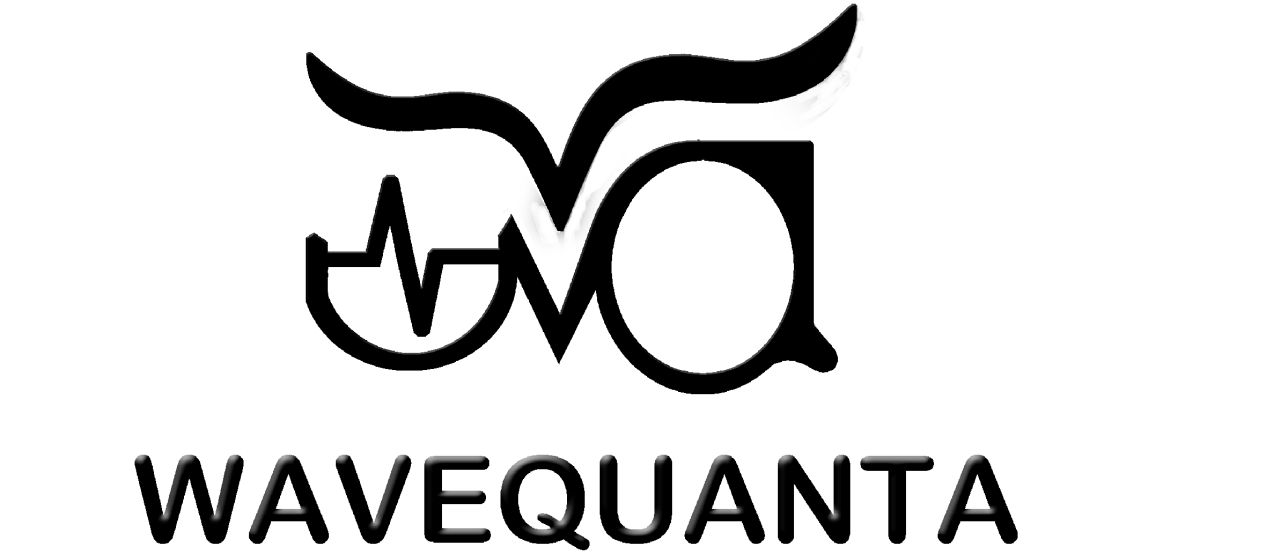



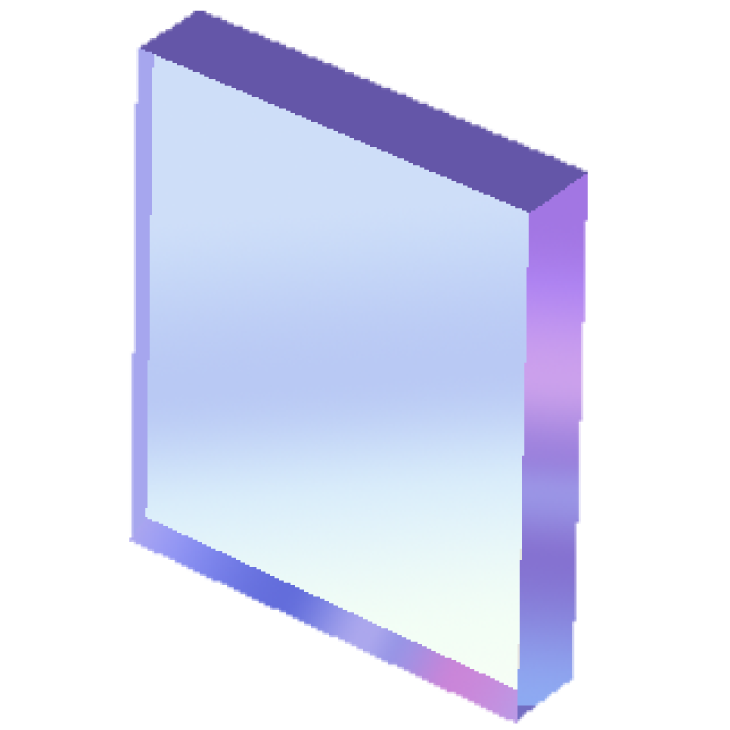
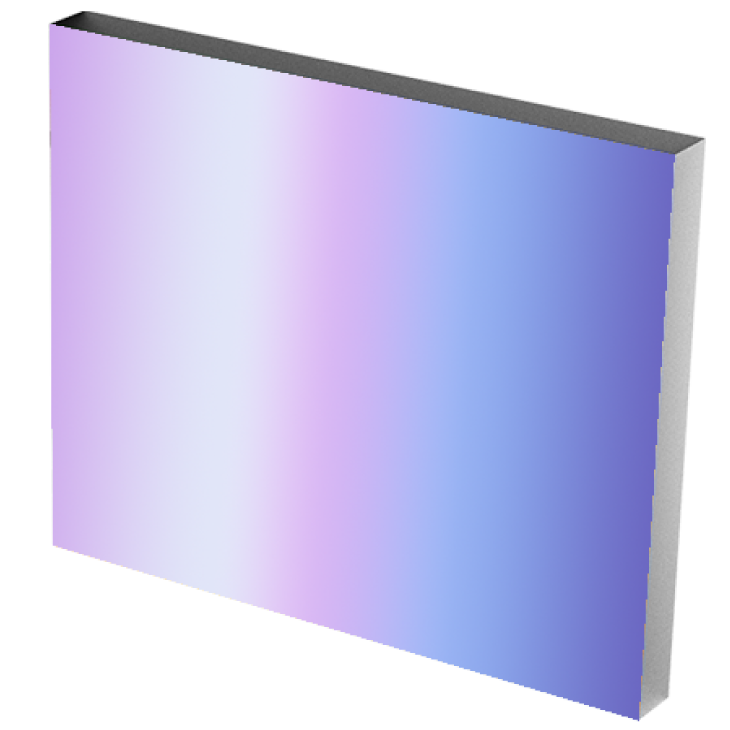



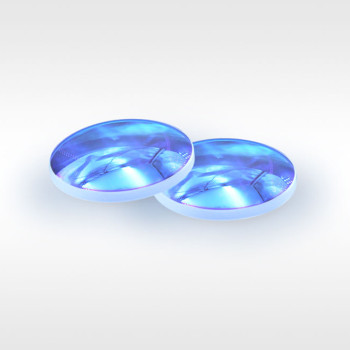

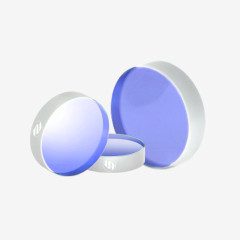
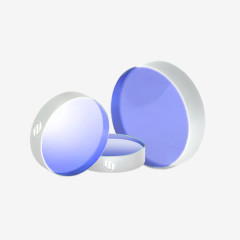
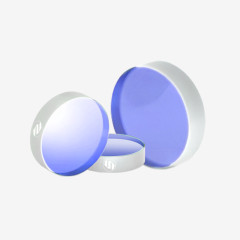
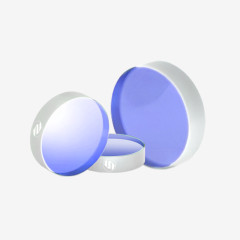
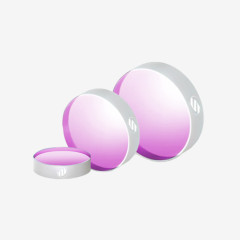
Product evaluation
%High praise
There are comments